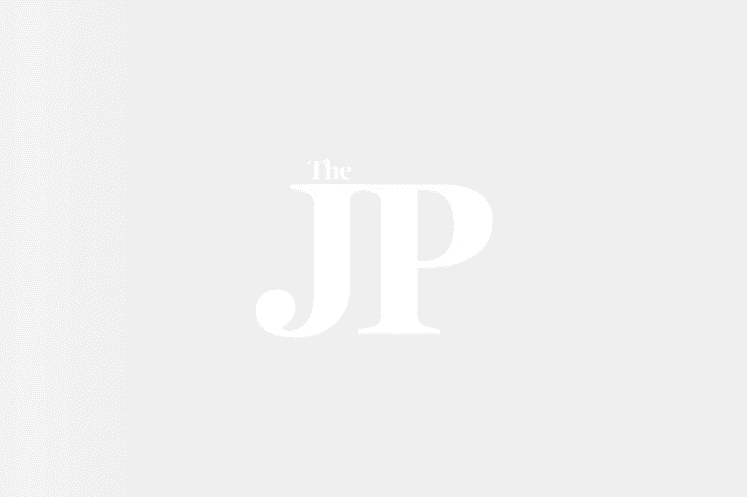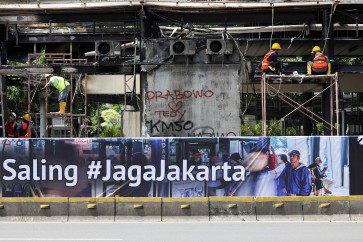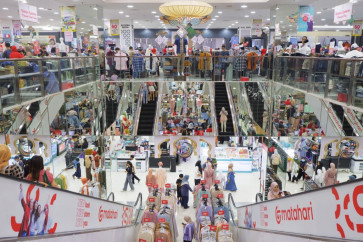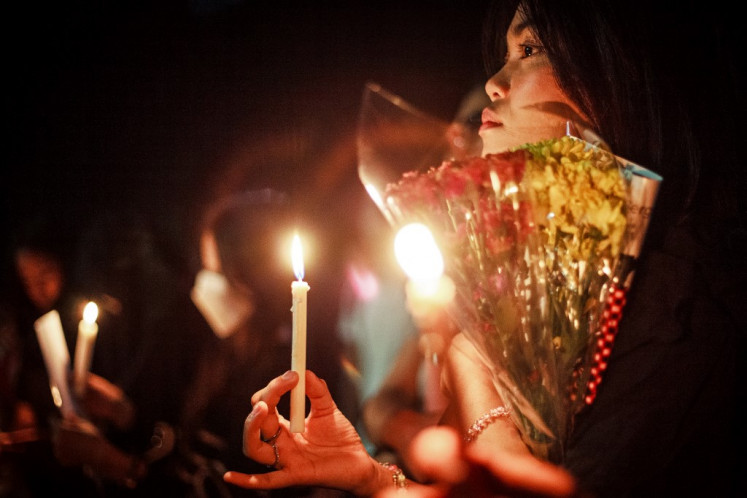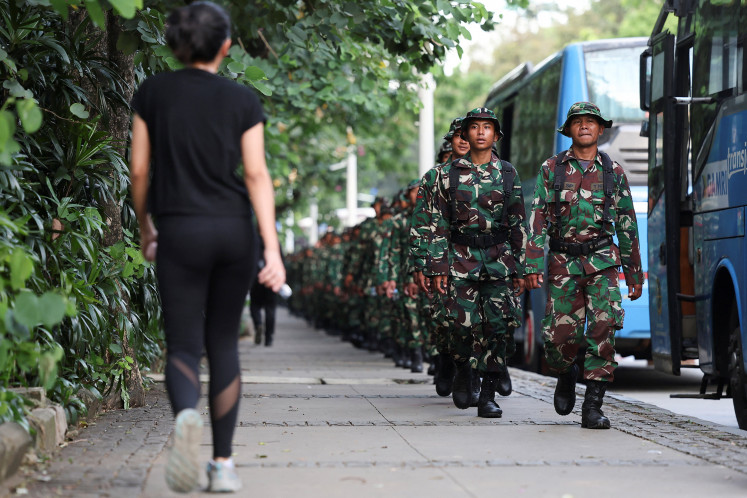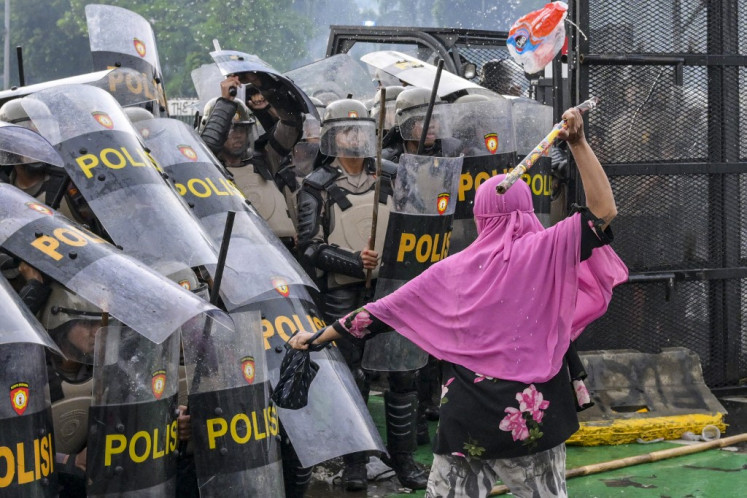Popular Reads
Top Results
Can't find what you're looking for?
View all search resultsPopular Reads
Top Results
Can't find what you're looking for?
View all search resultsPoboya gold mines in Palu feared to threaten locals
The green light from the Central Sulawesi provincial administration to investors on gold mining activities in Poboya, Palu, has been met by protests from locals over fears the activities may pose threats to their health and wellbeing
Change text size
Gift Premium Articles
to Anyone
T
he green light from the Central Sulawesi provincial administration to investors on gold mining activities in Poboya, Palu, has been met by protests from locals over fears the activities may pose threats to their health and wellbeing.
Among the protesters is provincial legislative council speaker Aminuddin Ponulele, who has been refusing the idea since he was the governor of the province in 2006.
“I just don’t want people to blame me when I am no longer alive, for their miserable lives because of the negative impacts of gold mining activities in Poboya,” Aminuddin said recently.
As governor, Aminuddin closed a gold mining site in the region considered to be located inside the conservation area of Palu National Park. Yet, his successor, Governor Bandjela Paliudju, later gave the green light to investors on the argument that it would help accelerate the province’s economic growth.
Poboya is a subdistrict in East Palu district, Palu municipality, which is being converted into uncontrolled gold mining areas. Because of the activities, the previously fertile areas of the people’s agricultural fields and plantations are now crowded with gold processor machines and open cuts.
Many of the mining sites are reportedly owned by local security officials and elite officials from the Palu administration. Still, after over a year of activities, no significant changes have been noticed to the lives and wealth of locals.
Dominant instead are changes to the region’s landscapes, an increase in criminal acts, land conflicts, land ownership transfers and pollution threats to the environment.
Researcher Yuyun Ismawati of Bali Fokus, an environmental NGO, said Palu had been polluted by mercury waste that in the long run would pose a threat to human health.
“The biggest use of mercury is found in the traditional gold mining areas in Poboya,” said Yuyun, adding that the pollution rate was between 20 and 5,900 nanograms per cubic meter.
Speaking at a discussion forum at the Alliance of Independent Journalists (AJI) Palu office, Yuyun said no figure had been issued yet by the Indonesian authority nor the WHO on the permitted rate of mercury content considered safe for human health.
She said the mercury content in Palu needed evaluating. Japan, for example, considered 400 nanograms per cubic meter as safe while the US decided the safe content of mercury was 1,000 nanograms per cubic meter. “When the content is above those rates, then the people in the respective areas must be evacuated,” said Yuyun, also director of Balifokus.
The research conducted by Bali Fokus is in accordance with reports from local people on the deaths of animals due to waste in the Poboya River.
Poboya is the water catchment area for Palu’s population of 335,297 and the source of water supply for the municipal tap water company PDAM. Because of mining activities, water debits in the river and nearby Kawatuma River keep decreasing.
This is due to the operation of gold processor machines, which are water consuming. The water crisis has hampered agricultural activities of local farmers who are dependent on water supply from the two rivers.

